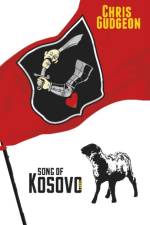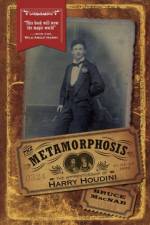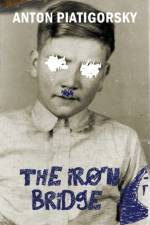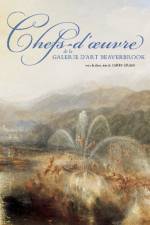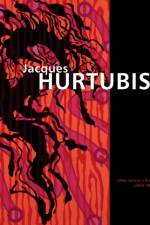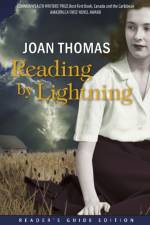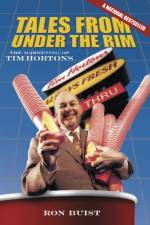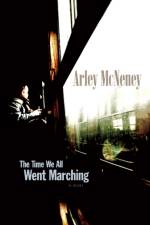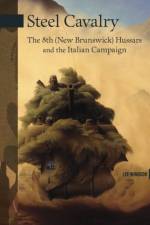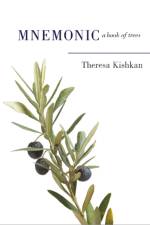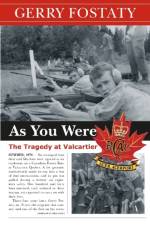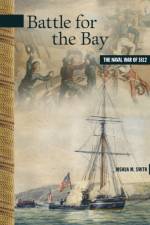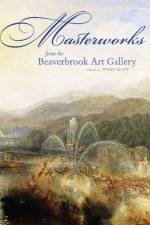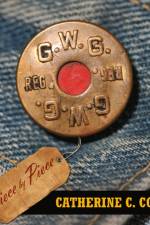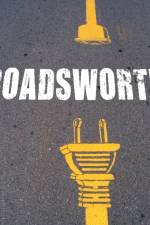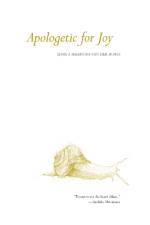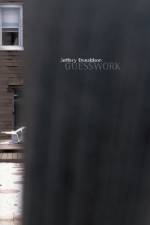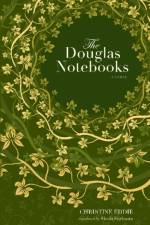- Light, Spirit, Time, Place and Life
441
Jack Chambers was an artist of deep feeling and conviction. A founder of Canadian Artists' Representation, a filmmaker who created dreamlike explorations of consciousness and a painter who believed in the sanctity of sight, he lived an intensely affirmative life. In Jack Chambers: Light, Spirit, Time, Place and Life, Dennis Reid and his team of curator-writers bring the artist's sensibility and his world view into focus, grouping works of all media into threads that highlight ways of seeing and of being present in the world. A brilliant draughtsman and remarkable painter, Jack Chambers spent his early adulthood travelling and studying in Europe. When he returned to his hometown of London, Ontario, in 1961, he found himself at the centre of a vibrant arts scene that would become the backdrop for his films and surrealist-influenced works based on dream-like evocations of memory. There was also, in Chambers, a little bit of the mystic who believed he could see beyond the surface of things. To enter into the world presented by this book is to enter a space of reflection, where seeing is heightened and the world around us, painting by dreamlike painting and drawing by radiant drawing, becomes truly luminous. In this unprecedented book, Dennis Reid has gathered together several writers to document various ideas in Chambers's work. Each essayist has looked at a sensation or connecting presence to explore an idea that sits as intertwining thread through the whole of Chambers's short career. Each have approached their subject with a combination of long-standing interest in the artist, acute fascination with a moment in Chambers's career and sensitivity to the particularities of his art. Together, they provide profound insight into the artist and his defining artistic processes. Essayists featured in Jack Chambers: Light, Spirit, Time, Place and Life include art critic Sarah Milroy, celebrated poet and art writer Christopher Dewdney, journalist Gillian MacKay, literary scholar Ross Woodman and art historian Mark Cheetham. Writers Michael Ondaatje and Susan Crean and painters John Scott and Eric Fischl have also contributed personal reflections in a variety of forms. Rounding out the book is an introductory essay on Jack Chambers -- the man, his life and his practice -- by editor-curator-writer Dennis Reid. Jack Chambers: Light, Spirit, Time, Place and Life is the first major publication on the work on one of Canada's most recognized and broadly influential artists. Drawing on the large collection of the artist's work held by the Art Gallery of Ontario, it features more than a hundred colour plates, an extensive chronology and a complete catalogue of the works held by the AGO.

